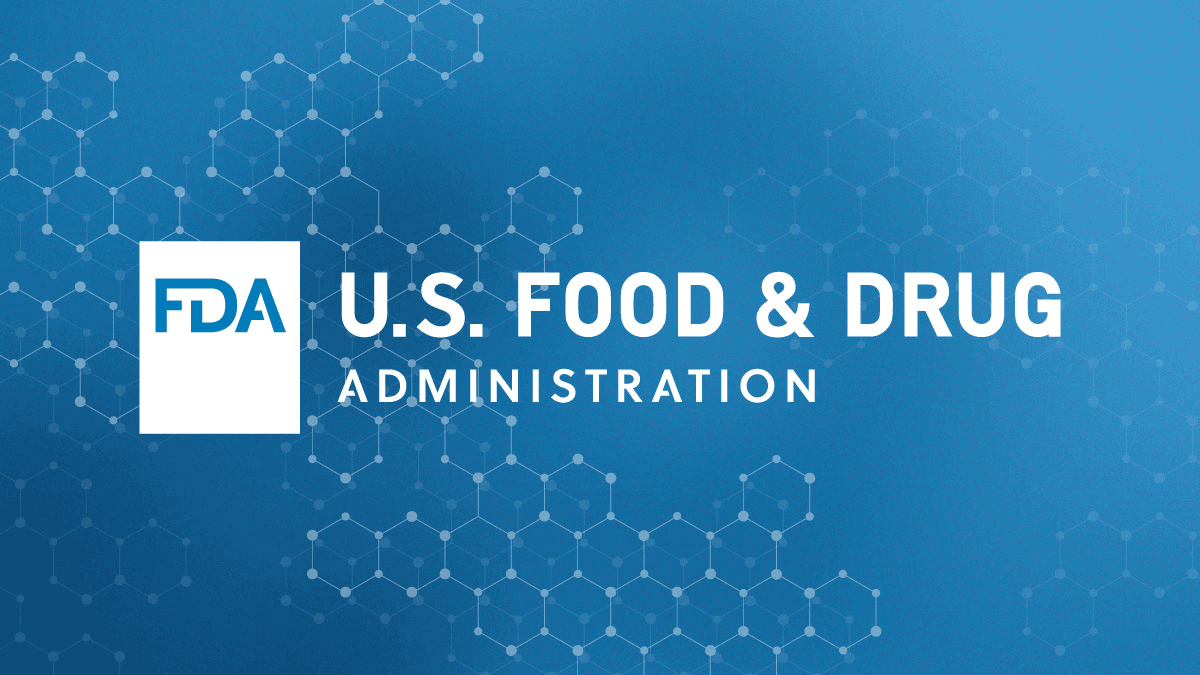.
What's interesting is the NYC data. I can't find any sources that state which antibody test was used. But, the fact that they found a 21% seroprevalence makes their results more believable, even with a lower-specificity test. (The PPV increases greatly with increased prevalence).
Also interesting is the fact that apparently 15% of OB patients had positive PCR tests, so this further supports the possibility of high prevalence in that region.
Let's say we take the 20% prevalence at face value. The population of NYC is 18M, and there have been ~12,000 reported deaths. Some estimates give up to 18,000 including "excess deaths" that have not been counted. So let's call it 15,000 deaths.
That gives an IFR of 0.39% in NYC. I think this is a best-case scenario, and the true IFR is probably 0.5-1.0%. Assuming an attack rate of 80% (influenza is ~10%), this is going to be 40-80x worse than the seasonal flu.
Of course it's much worse than seasonal flu. It's not rocket science, it's f-ing common sense and some knowledge of history.
Why? Because we are dealing with a virus the human body has not seen before, as with the Spanish flu epidemic. Meaning that, until we have a vaccine or a cure, natural selection will continue.
This is like breeding dogs. Dog races have certain characteristics because they have been bred for them for ages. We were their "natural" selection. Those who did not qualify were not encouraged to multiply, they and their descendants even killed. This is how we got to genetic lines that carry certain advantageous genes, that we identify as various races.
The same way, humans who could not resist certain diseases in history (plague, flu, whatever) were killed, and their genetic lines died, while those resistant to disease, or able to prevent/treat it, multiplied (think sickle cell disease in malaria zones). Evolution is REAL.
That also applies to influenza. Our influenza mortality, even to H1N1 (Spanish flu, swine flu), is much lower than in 1918 because we got some vaccines, and because most of the current population has the proper genetics and immunity to fight it (unlike many of those who were naturally selected to die during the pandemic). But it will take a while and a good amount of natural selection until Covid-19 gets to influenza levels of annual mortality.
That's exactly what herd immunity means, It means that we have a population of naturally selected or vaccinated individuals, who are able to fight and defend against the virus, hence decreasing its transmission and risks for those who lack those immune defenses (or are otherwise too weak to fight the virus). But it will take years to get there, if ever, especially if this virus mutates a lot, like other coronaviruses do. One of the reasons we don't have a vaccine against common cold is that it would be very hard to create one.
We're still very lucky. Imagine this virus killing as many patients as MERS (35%), while being as contagious as it is. It's lucky that most viruses naturally-select for milder or more chronic strains, because killing the host too fast results in decreased transmission and possible disappearance.

www.statnews.com











